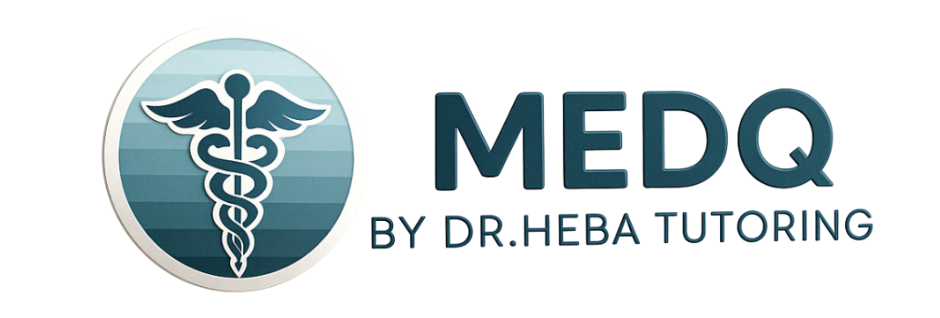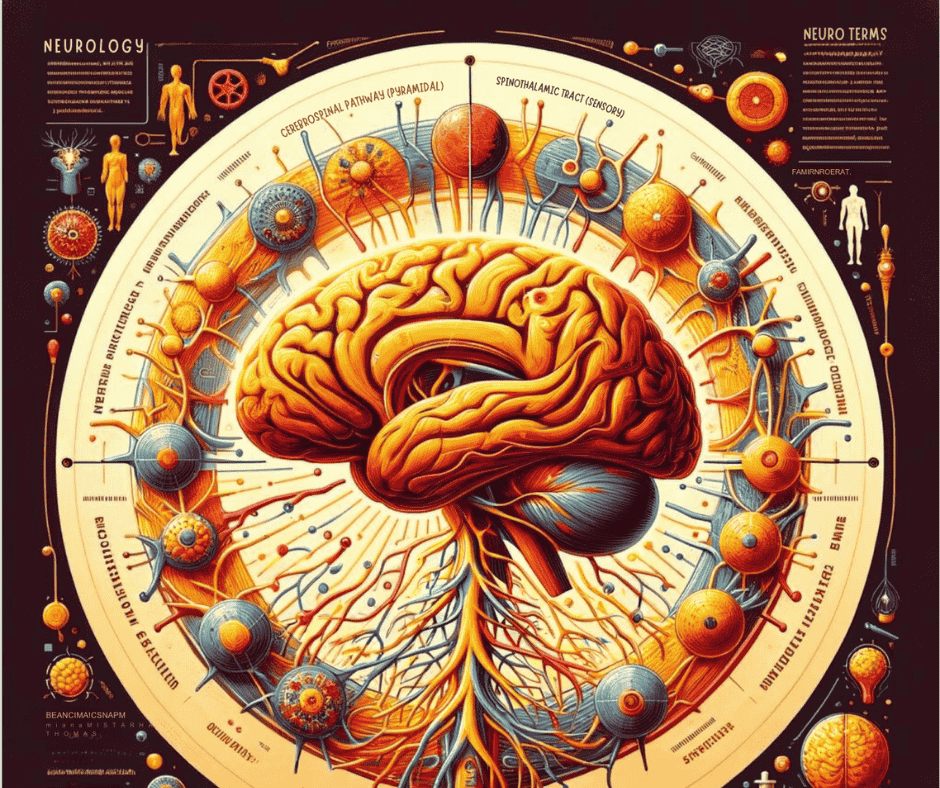Stroke Made Simple: How to Recognize, Diagnose, and Act Fast
Introduction
Stroke is a medical emergency — every minute of delay equals millions of lost neurons. As a future doctor, you must be confident in recognizing the signs and knowing what to do next. In this guide, you’ll learn the different types of stroke, how to spot one quickly, how to interpret basic imaging, and when to call the code.
What Is a Stroke?
A stroke (aka cerebrovascular accident) occurs when blood flow to part of the brain is interrupted, causing brain cells to die.
There are 2 main types:
| Type | Cause | Common Features |
| Ischemic Stroke | Blocked blood vessel (clot) | Sudden weakness, aphasia, numbness |
| Hemorrhagic Stroke | Burst blood vessel (bleed) | Severe headache, vomiting, ↓ LOC |
How to Recognize Stroke: FAST
Use the FAST mnemonic for early detection:
- Face drooping
- Arm weakness
- Speech difficulty
- Time to call emergency!
Add sudden vision loss, balance problems, confusion as red flags.
Step-by-Step Diagnosis
Step-by-Step Diagnosis
1. History
- Onset time is critical! tPA (clot-busting drug) can only be given within 3–4.5 hours.
- Ask for:
- Any recent trauma?
- Anticoagulant use?
- Previous strokes?
2. Physical Exam
- Level of consciousnessCranial nerve assessment
- Motor strength (especially asymmetry)
- Speech and coordination
3.Imaging: CT Scan Without Contrast
- CT is first: rules out hemorrhage quickly.
- If no bleeding → likely ischemic → consider thrombolysis.
- MRI may follow for small infarcts.
Real Clinical Example
A 68-year-old male with HTN presents with sudden right-sided weakness and slurred speech. CT is normal. Blood glucose is 90 mg/dL. Time of onset = 2 hours ago.
→ Diagnosis: Ischemic stroke
→ Action: Consider tPA after ruling out contraindications.


